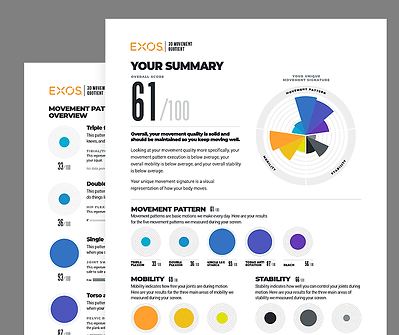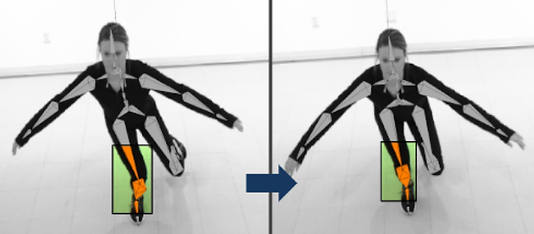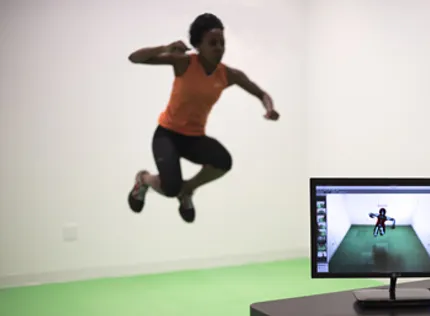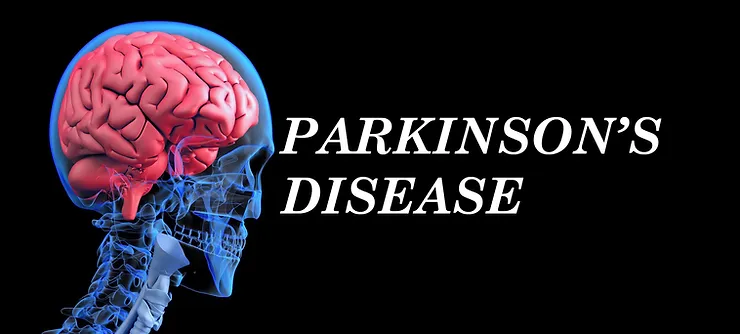Understanding the DARI report requires the health plan to analyze the risk by diagnosis against the finding of the report. The DARI report has both a statistical breakdown of the aging adults range of motion and movements, and a motion age, how that person moves compared to a larger population of like adults. DARI can then easily track within the health plans claim system statistical projections of risk placement. This would provide a more accurate risk score and bumps the HEDIS data scores.
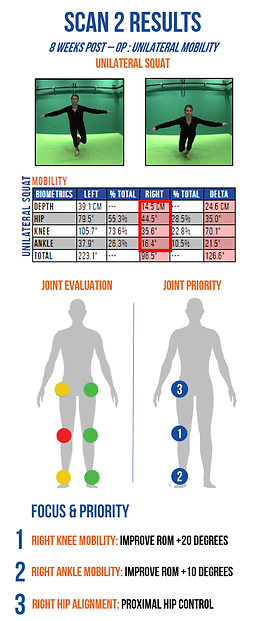
At the next level, there is some added strategy and with an analytical emphasis that drives outreach to providers during the year. Coordination with the provider and the payer could allow for the implementation of necessary therapy services that would prevent the member from actually falling and sustaining a total joint replacement, for example.
Finally, a mature organization employs an enterprise-wide, coordinated program that encompasses a data and analytics infrastructure along with clinical and administrative processes. Using DARI to scan using HEDIS measure This facilitates ongoing improvement through organizational learning that supports effective engagement with patients and providers and anticipates and solves problems as they arise.
As the shift to value-based payment accelerates, successful healthcare organizations can take these five steps to build an enterprise-wide, highly effective quality management program that will not only improve HEDIS scores but will also deliver care quality and cost saving benefits:
• Embrace AI, machine learning (ML) and Motion Capture Process (MCP). These tools can drive more accurate data with providers and members to increase compliance. For example, AI and ML techniques can use historical data to identify which providers to contact and what action you need them to take with patients. Add to that Motion Capture to leverage information already captured in your charts. Looking ahead, the more actionable data that is available at the point of patient interaction, the more providers can be proactive and drive higher quality outcomes.
• Operationalize innovation through data. Technology is evolving quickly and many of most successful health plans already use AI, ML, and MCP along with advanced analytics to improve-and to compete-on HEDIS measures. It’s no longer necessary to wait for slow-moving claims data. With the advent and availability of a broader range of clinical data, more organizations are innovating continuously to drive better care and better processes.

